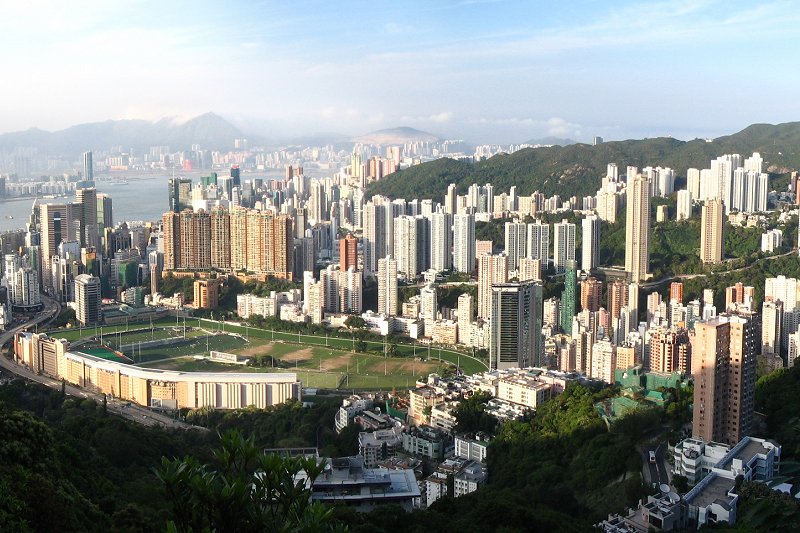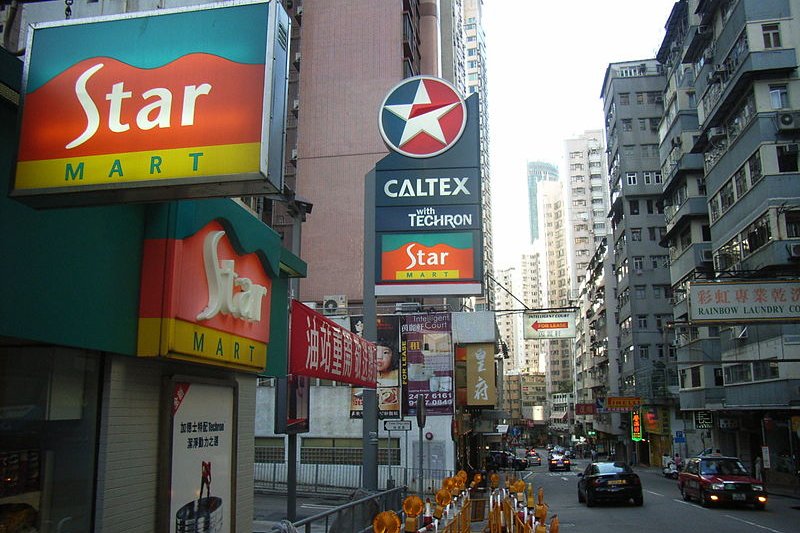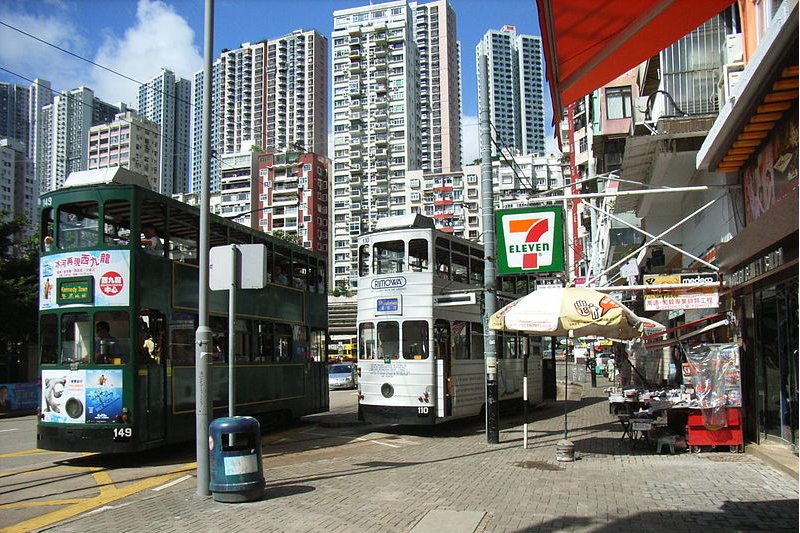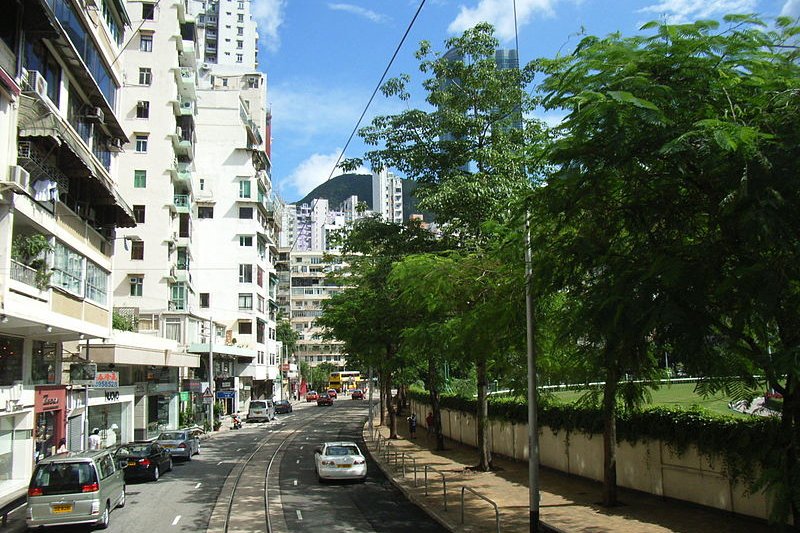 Happy Valley, Hong Kong
Happy Valley, Hong KongSource: http://commons.wikimedia.org/wiki/File:Happy_Valley_1.jpg
Author: Minghong

Author: Minghong

Happy Valley 跑馬地 is a mainly residential neighbourhood in Wan Chai District, Hong Kong. The area is also often called Wong Nai Chung Valley after the stream that ran through it.
 Kwai Sing Lane, Happy Valley
Kwai Sing Lane, Happy ValleySource: http://commons.wikimedia.org/wiki/File:HK_Happy_Valley_Kwai_Sing_Lane.jpg
Author: BEVERLYSHEN

Author: BEVERLYSHEN

The most distinctive feature of Happy Valley is its racecourse, which dates back to 1846. Before that, the Happy Valley area was surrounded by paddy fields. The British established an army camp there, unaware that the place was infested with mosquitoes, and mosquitoes are a cause of malaria. Soon more soldiers succumbed to the disease than to actual combat, and the area turned into a large burial ground. It became known as Happy Valley, a common euphemism for cemeteries.
There are six different cemeteries in Happy Valley today: the Hong Kong Cemetery, as well as the St Michael's Catholic Cemetery, Muslim Cemetery, Hindu Cemetery, Parsee Cemetery and Jewish Cemetery.
 Happy Valley Tram Station
Happy Valley Tram StationSource: http://commons.wikimedia.org/wiki/File:HK_HV_Happy_Valley_Tram_Station.jpg
Author: BEVERLYSHEN

Author: BEVERLYSHEN

The malaria problem was brought under control when the British decided to built a racecourse in Happy Valley. To do so, they cleared away the paddy fields. The course of the Wong Nai Chung River was changed to Bowrinton Canal. It now flows under Canal Road.
The appearance of Happy Valley has totally changed since the 19th century. It is today a high-end residential area, and the paddy fields are no more to be seen. In their place are high rise condominiums, including two of the tallest residential buildings in Hong Kong - Highcliff and The Summit.
 Wong Nai Chung Road, Happy Valley
Wong Nai Chung Road, Happy ValleySource: http://commons.wikimedia.org/wiki/File:HK_HV_Happy_Valley_Wong_Nai_Chung_Road.jpg
Author: BEVERLYSHEN

Author: BEVERLYSHEN

How to go to Happy Valley
Happy Valley is served by the Hong Kong Tramways as well as buses. The nearest MTR station is the Causeway Bay MTR Station of the Island Line.What to see in Happy Valley
- Happy Valley Racecourse
One of the two racecourses in Hong Kong.
 Latest updates on Penang Travel Tips
Latest updates on Penang Travel Tips

Copyright © 2003-2025 Timothy Tye. All Rights Reserved.

 Go Back
Go Back